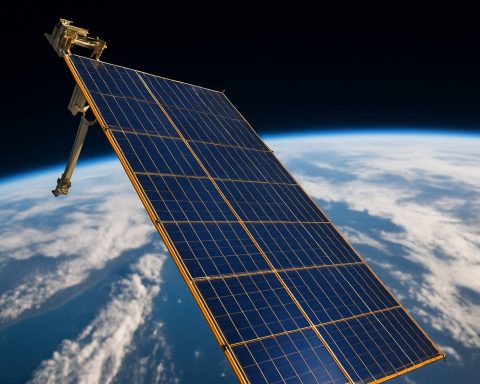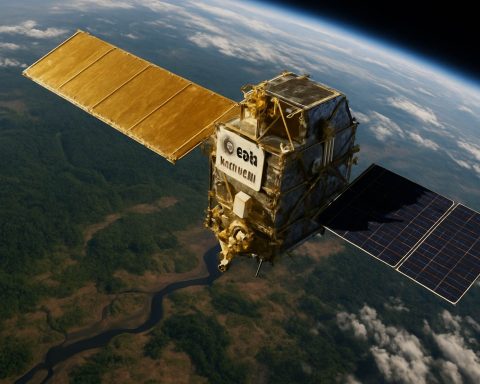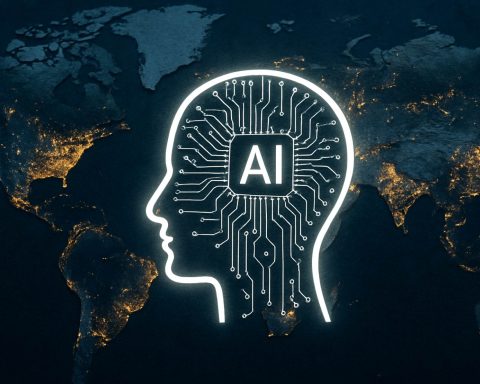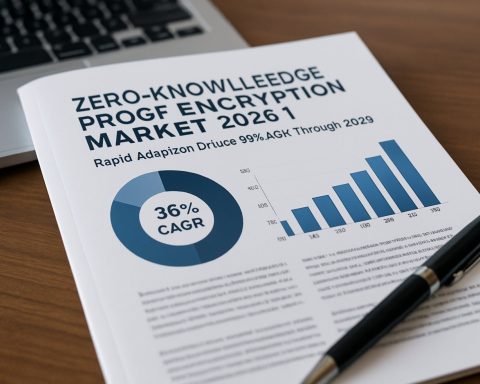- Foxconn plans to transition from electronics to the automotive industry, introducing the Model B, a compact electric SUV, by 2026.
- The Model B aims to combine advanced technology with practicality and could replace Mitsubishi’s Captur-based ASX.
- Foxconn has announced its intention to launch seven different battery-electric vehicles (EVs) under Hon Hai Precision Industry Company.
- Potential collaboration with Mitsubishi might help the Japanese automaker meet carbon reduction targets like Australia’s NVES.
- Foxconn leverages its low-cost, high-quality manufacturing from the electronics sector to produce a diverse range of EVs.
- The Model C, debuting in the US by 2025, offers a battery range of up to 700 km, indicative of Foxconn’s flexible design philosophy.
- Foxconn’s strategy involves partnering with existing automotive brands rather than competing, maximizing market share and innovation.
- Focus is on contract manufacturing, positioning Foxconn as a key player in the future of urban mobility.
Australia’s roads may soon see a track of innovation as Foxconn prepares to shift gears from electronics to automobiles by 2026. Known worldwide as a linchpin for Apple’s iPhone production, the Taiwanese giant is set to redefine what we expect from compact SUVs with its upcoming Model B—an electric marvel poised to reshape the market.
Imagine a silent revolution rolling down your street in the form of the Model B, a compact SUV heralding a new era of efficiency and sustainability. Sleek and modern, yet practical and cost-effective, this vehicle could replace Mitsubishi’s Captur-based ASX, seamlessly integrating advanced technology with everyday utility.
Foxconn’s Electrifying Ambitions
Foxconn’s aspirations reach far beyond the Model B. Recent announcements reveal their strategy to introduce seven distinct battery-electric vehicles (EVs) under their Hon Hai Precision Industry Company banner. These aren’t just aspirations—they’re promises that the company states will materialize in global markets.
Behind the scenes, whispers suggest a strategic collaboration with Mitsubishi, a move potentially invaluable for the Japanese automaker in satisfying stringent carbon reduction schemes such as Australia’s NVES. Although Mitsubishi remains silent, this alliance could spur a trail of beneficial environmental credits, hinting at the compelling allure of Foxconn’s automotive promises.
Beyond the iPhone: A Diversified Toolbox
Foxconn aims to leverage its low-cost, high-quality manufacturing prowess, honed from years in the electronics industry, into the automotive world. With announcements of a meticulously curated range—from SUVs to passenger buses—Foxconn is poised to tailor EVs to meet diverse global demands.
The Model C, a sibling to the Model B expected to debut in the US by 2025, asserts its bold engineering with options for a 58kWh or 83kWh battery promising up to 700 kilometers per charge. This extends Foxconn’s philosophy of flexibility and extensive reach, hinting at what could be possible for the compact Model B.
Implications for the Auto Industry
Foxconn’s strategy underscores a transformative pivot toward contract manufacturing for established automotive brands. Rather than competing as a standalone, the tech titan’s inclination to build under existing brands like Mitsubishi—and possibly Nissan or Honda next—suggests a long-term game plan to capture significant market share by partnering, not competing.
The company’s absence from forming its own brand fortifies its commitment to serving as the quiet force behind the scenes. This maneuver reflects a modern business ethos where symbiosis prevails over direct rivalry, potentially maximizing economies of scale and hastening innovation.
As the clock ticks toward 2026, all eyes will undoubtedly be on Foxconn’s Model B and its role in redefining urban mobility. With groundbreaking collaborations and a steadfast commitment to quality, Foxconn isn’t just assembling vehicles—it’s architecting the future of transport.
Australia, and indeed the world, wait in anticipation for this electrifying shift on the horizon.
Can Foxconn’s Model B Revolutionize Electric SUVs?
Unveiling Foxconn’s Ambitious Journey into the Automotive Realm
Foxconn is set to make a significant leap from electronics to electric vehicles (EVs) with the introduction of its Model B compact SUV by 2026. This move aims to revolutionize the EV market, leveraging Foxconn’s expertise in high-quality, cost-effective manufacturing honed through years in the electronics industry. But how well-prepared is Foxconn to navigate the intricacies of the automotive world, and what can consumers expect?
Key Features and Specifications of the Model B
Foxconn’s Model B is not just another EV; it is poised to redefine what compact SUVs can offer. Here are some critical aspects of the Model B:
– Design and Efficiency: The Model B combines sleek, modern aesthetics with practical functionality, aimed at replacing the Mitsubishi ASX.
– Battery Options: While specific battery specs for the Model B are yet to be confirmed, its sibling Model C offers a 58kWh or 83kWh battery capable of up to 700 kilometers on a single charge. Similar range expectations can be forecasted for the Model B.
– Eco-Friendly Strategy: Designed to serve markets like Australia with stringent environmental regulations, the Model B supports Foxconn’s sustainability vision.
How Foxconn’s Diversification Impacts the EV Industry
Foxconn’s entry into the automotive sector signifies a major shift, as they extend their contract manufacturing capability to established automotive giants. This approach suggests numerous benefits:
– Strategic Partnerships: Collaborations with companies like Mitsubishi could yield significant environmental credits, enhancing compliance with carbon reduction schemes.
– Market Penetration: By acting as a contract manufacturer, Foxconn can gain a foothold in the market without directly competing against automotive incumbents, fostering innovation and efficiency.
– Global Market Reach: Plans to introduce seven different EV models globally show Foxconn’s commitment to addressing diverse consumer needs.
Pros and Cons of Foxconn’s Model B
Pros:
1. Cost Efficiency: Foxconn’s background promises an affordable price point without compromising quality.
2. Technological Integration: Leveraging Foxconn’s expertise in electronics could lead to advanced technological features.
3. Collaborative Advantage: Partnerships aid in quicker adaptation to regulatory environments and market demands.
Cons:
1. Inexperienced in Automotive: Traditionally an electronics manufacturer, Foxconn’s automotive knowledge may need further development.
2. Dependency on Partnerships: The strategy hinges on collaborators, which could delay or complicate market entry.
3. Highly Competitive Market: Foxconn must differentiate its offering in an already saturated EV market.
Future Predictions and Market Trends
Expectations for the EV market remain optimistic as technological advances drive down costs and enhance sustainability. According to a McKinsey report, the global EV market is projected to reach over 45 million annual sales by 2030. Foxconn’s role as a flexible manufacturing partner could be pivotal in meeting this surge.
Actionable Recommendations
For consumer interest in EVs:
1. Stay Informed: Keep an eye on Foxconn’s announcements regarding model features, partnerships, and release dates.
2. Evaluate Market Offers: Consider the cost-benefit ratio of new entrants vs. established brands.
3. Environmental Impact: Look for vehicles that align with personal sustainability goals and local environmental regulations.
Conclusion
Foxconn’s journey into the automotive industry promises new opportunities and innovations, particularly for the compact SUV segment. By leveraging strategic partnerships and its manufacturing acumen, Foxconn is not merely entering the market but potentially reshaping it. As the industry evolves, they may well be crafting the EVs of tomorrow.
For more information on electric vehicles, visit mitsubishimotors.com and explore current developments and offerings in sustainable transport solutions.









